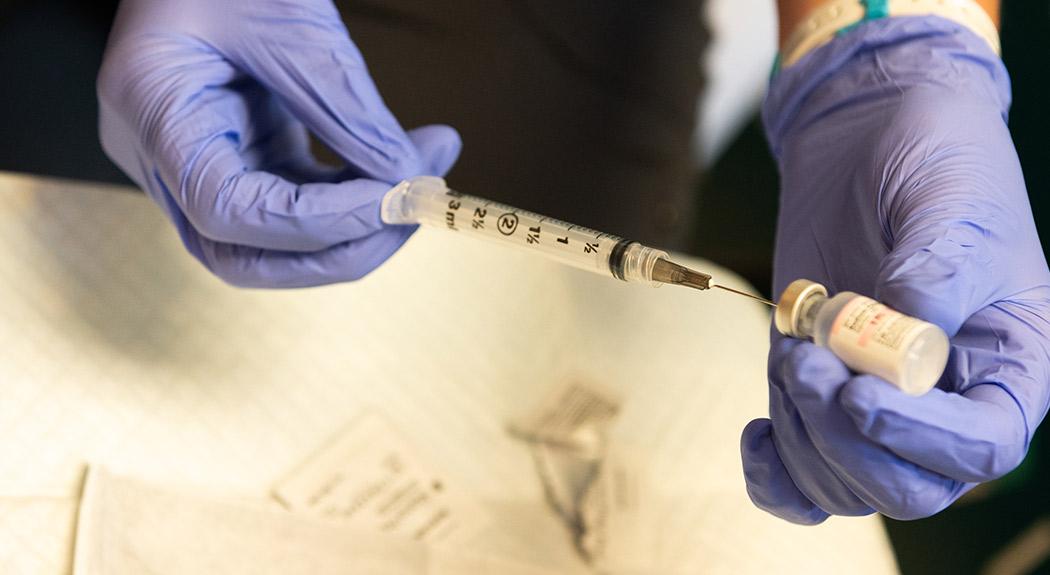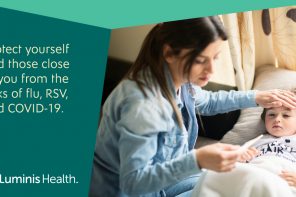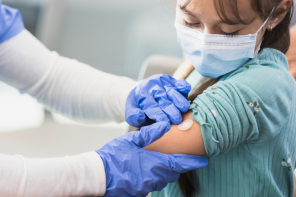It’s been more than a year since the first cases of coronavirus (COVID-19) were reported in Wuhan, China, sparking the beginning of a global pandemic.
Information changed daily, especially in those early days. We all had a lot to learn about this new virus. Its symptoms. How it spreads. Who’s most at risk.
As we begin 2021, here’s what we have learned about COVID-19.
COVID-19 spreads from person to person through respiratory droplets, produced when you cough, sneeze, talk and breathe. This happens when people are within about six feet of each other. We believe this is the main way the virus spreads. That’s why it’s so important to remember the 3Ws. Wash your hands. Wear a mask. Watch your distance.
Certain people are at higher risk of becoming more ill from COVID-19 than others. This includes older adults, particularly those who are 65 and older, and people with underlying health conditions. If you fall into these categories, it’s especially important to take precautions against getting the virus. But the virus can be unpredictable. Younger people, including those without pre-existing conditions, aren’t immune to getting sick.
The long-term effects of COVID-19 are still unknown. Most people who contract the virus recover within about two weeks. Yet others, known as “long haulers,” have symptoms that can last for months – even those who were never treated in the hospital. According to the Centers for Disease Control and Prevention (CDC), the most commonly reported long-term COVID symptoms include fatigue, shortness of breath, cough, joint pain and chest pain. Other COVID long haulers have reported brain fog, depression, muscle pain, headache, fever that comes and goes and heart palpitations. Still others have experienced more serious complications, including heart, respiratory and neurological problems. It will be several years before we fully understand the virus’ long-term effects on people.
Vaccines are a ray of hope. But we’ll still have to be vigilant. The arrival of the Pfizer and Moderna vaccines in Maryland last month was a big step forward. And we’re excited and optimistic that this means the beginning of the end of the pandemic. But it will be months before the majority of Maryland residents receive the vaccination. Gov. Larry Hogan has rolled out a plan that involves a multi-tiered distribution process, allowing frontline health care workers and residents and employees of long-term care facilities to get the vaccine first. It will eventually be available to everyone who wants it. We believe this is our best shot at ending the pandemic. But it will take time. So, again, let’s continue to practice the 3Ws.
We’re all in this together. It’s going to take a collective effort to defeat this pandemic once and for all. Follow safety guidelines to protect yourself and others from COVID-19. Get the vaccine once it’s available to you. Encourage your loved ones to do the same.
If we can work together to do these things, there’s reason to believe in a light at the end of a long, dark tunnel.





